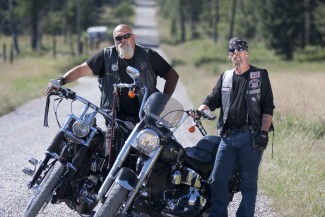

"Europeans were not using high-minded language. "I'm very familiar with white men who uphold the judicious speech of white men," Harjo said in a telephone interview. Goddard's view, however, does not impress Cheyenne-Muscogee writer Suzan Shown Harjo, lead plaintiff for Native American activists who, for the past 13 years, have sought to cancel trademarks covering the name and logo of the Washington Redskins. I turn to all red skins and white skins, and challenge an accusation against me." "I have never injured you, and innocence can feel no fear. The envoys had rebuked the tribes for their reluctance to yield territory claimed by the United States, but the Gazette report suggested that Meskwaki chief Black Thunder was unimpressed: "Restrain your feelings and hear calmly what I say," he told the envoys.

It was not until July 22, 1815, that "red skin" first appeared in print, he found - in a news story in the Missouri Gazette on talks between Midwestern Indian tribes and envoys sent by President James Madison to negotiate treaties after the War of 1812. "These are white people and Indians talking together, with the white people trying to ingratiate themselves." When it first appeared as an English expression in the early 1800s, "it came in the most respectful context and at the highest level," Goddard said in an interview. Smithsonian Institution senior linguist Ives Goddard spent seven months researching its history and concluded that "redskin" was first used by Native Americans in the 18th century to distinguish themselves from the white "other" encroaching on their lands and culture. For many Americans, both Indian and otherwise, the term "redskin" is a grotesque pejorative, a word that for centuries has been used to disparage and humiliate an entire people, but an exhaustive new study released today makes the case that it did not begin as an insult.


 0 kommentar(er)
0 kommentar(er)
